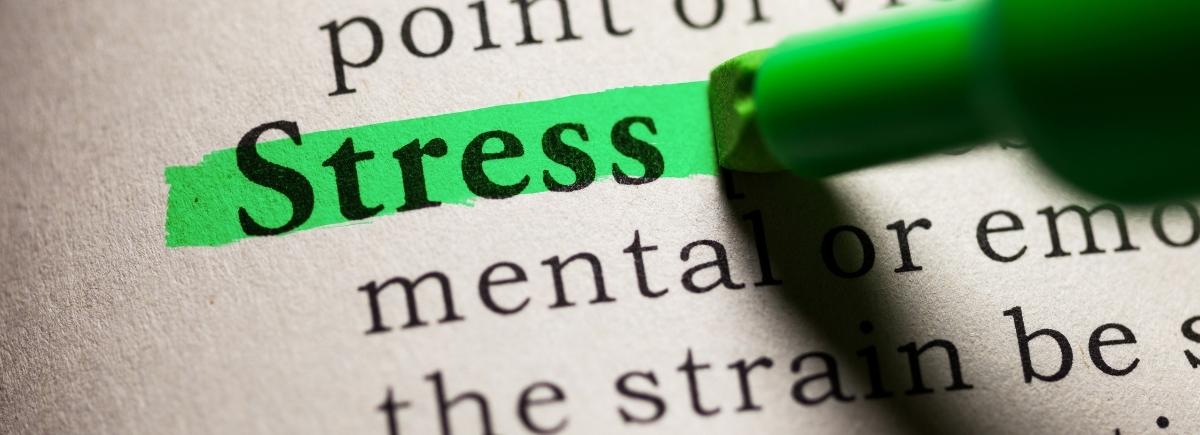Apnea tables are helpful if you’re an athlete or trying to improve your body’s ability to handle stress effectively. They’re so easy you can do it right from your couch!
The availability of oxygen and the ability to tolerate its shortage affects performance. Better tolerance for less oxygen and a buildup of CO2 signifies a more flexible nervous system that can handle stressors and bring the body to rest more effectively.
A new breathing workout known as apnea tables can help you develop this system and gradually train your body to adapt.
What are Apnea Tables?
Apnea tables are breathing exercises designed to help the body improve its tolerance to CO2.
As you exercise, your body needs oxygen to fuel muscles and generate energy. If you have low levels of oxygen or low tolerance for CO2, your body won’t be able to handle much stress.
When the body becomes depleted of oxygen, multiple adaptations happen. The first is increased ventilation (the flow of oxygen into tissues). Pumping more air through the lungs helps compensate for the increased demand for oxygen.
Another necessary central adaptation is the increased red blood cell production, which allows the blood to become saturated with more oxygen. Peripheral adaptations include increased capillary density, mitochondria volume and efficiency, enhanced oxidative and glycolytic enzyme activity, and increased myoglobin content. These all are adaptations that occur at the cellular level and help maximize oxygen efficiency.
Apnea tables can help develop these responses further and improve your body’s adaptability to situations when less oxygen is available and endurance is needed. Developing this system enables you to prepare for a game or training. It also helps improve your adaptability to stress and how well your body can rest.
There are two main types of apnea tables that you can use to improve your oxygen and CO2 metabolism.
How to use CO2 and Oxygen Tables For Breathwork Training
One of the easiest ways to perform breath-hold training is to use oxygen (O2) and CO2 tables.
These “training tables” place purposeful stress on the body to train it to adapt more effectively. CO2 tables help the body adapt to higher levels of CO2, while oxygen tables develop an adaptation to low levels of oxygen.
CO2 Tables
Carbon dioxide is the main chemical that is responsible for coordinating breathing. When your body reaches a certain threshold of CO2, the brain triggers a response. This trigger tells the body it’s time to exhale and release some of this CO2.
The higher your CO2 tolerance, the better you will adapt to stressful situations. Surfers, free divers, and people who need to perform at high altitudes often use these tables.
You can teach your body to handle increased CO2 levels by performing a series of breath holds where there is less and less time between each successive round. Because there is less time in between each time you hold your breath, the amount of Carbon Dioxide in your body gradually builds up with each repetition.
O2 Tables
While CO2 tables help train your body to tolerate higher levels of CO2 buildup, oxygen tables help improve your body’s resistance to low oxygen levels.
When performing breathing exercises for oxygen depletion resistance, the key is to keep the rest period the same while gradually increasing the length of each breath-hold. For example, a typical oxygen apnea table would consist of holding a breath for 1 minute, resting for 2, and then doing another breath for 1 minute and 15 seconds. Then, gradually increase the intervale by 15 seconds.
Essential Considerations for Apnea Tables
While these apnea table exercises can be powerful techniques for improving resiliency and training your autonomic nervous system, there are some essential things to note to practice them safely.
The first note is to understand that this training is a gradual process. It’s essential to not push too much in too short a period because the recovery process is just as (if not more) important than the exercises themselves. Just like with lifting weights, this system needs time to rest and recover to become stronger than it was.
Additionally, it’s essential never to perform O2 and CO2 tables on the same day. Also, do not do more than eight cycles per session or table that you complete. As a general rule of thumb, most do not practice apnea tables more than two to three times per week.
Apnea tables are not likely an excellent option if you have significant anxiety, trauma, or other physical/mental health concerns. Avoid them if this is your case because they can significantly increase symptom presentation. Apnea tables are intended as a more advanced practice.
Here are a couple of examples of apnea tables just for reference:
O2 Table

CO2 Table

Benefits
The benefits of completing these breathing exercises are due to the improved adaptability they create in your autonomic nervous system (ANS). Your ANS consists of two levers: the sympathetic (fight or flight) response and parasympathetic (rest and digest). Building your tolerance to CO2 helps improve your overall stress tolerance (link to CO2 tolerance).
A weak CO2 tolerance is linked to poor breathing control and a reduced ability to utilize oxygen under stress.
All health-conscious individuals should strive to have strong breathing muscles and excellent breathing control so that the lungs and respiratory system can handle stress efficiently.
Using Apnea Tables To Improve Resiliency and Adaptation
As you can see, apnea tables are a great breathing exercise that can help you build your body’s natural resiliency to stress. Improving your tolerance to CO2 buildups and oxygen depletion train your respiratory system to become more adaptive, yet another aspect of your nervous system that reacts to stressful situations.
As we have learned plenty of times in our blog, improving your adaptability helps to improve energy, mood, longevity, and overall quality of life. Try incorporating some apnea breathing exercises into your adaptability training methods. Check your Hanu device to see if your HRV levels reflect improved adaptability.




